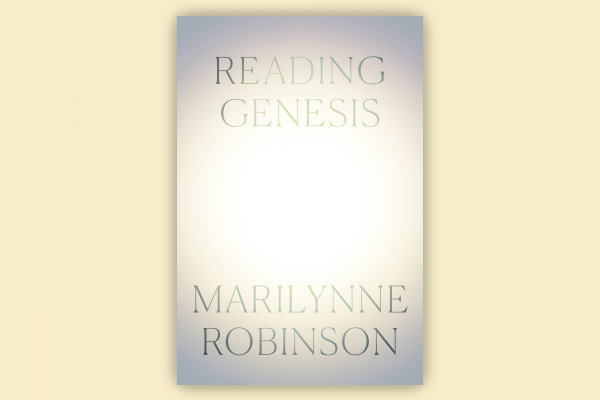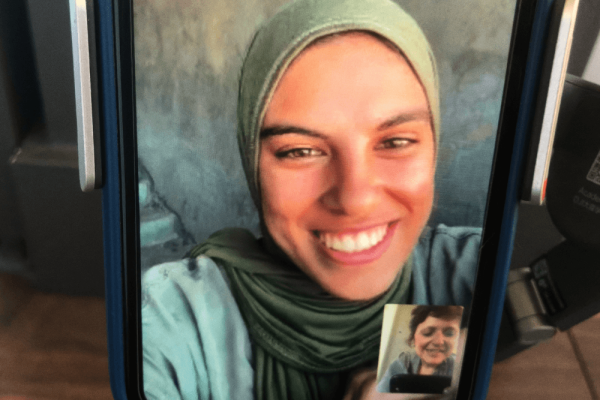MANY YOUNG CHRISTIANS grow up with special “adventure Bibles” composed of a curated selection of Genesis stories. Featuring colorfully illustrated characters and simplified, “age-appropriate” plot lines, these stories are admittedly easier for children to absorb. Take, for instance, the adaptation of Genesis 3 found in Zondervan’s The Beginner’s Bible: We meet Adam and Eve walking the arcadian Earth. Their bodies are hidden behind carefully placed branches and auburn waist-length hair. Acting alone, Eve takes a bite of bright red fruit and loses paradise. It’s a simple story. It’s also inaccurate.
Marilynne Robinson’s Reading Genesis presents a much more complicated portrait of the first book of the Bible. She invites us to return to these ancient tales and allow the figures to re-introduce themselves. In Robinson’s telling of Genesis 3, Eve is much more dynamic. She is “the mother of all living” who, alongside Adam, “disobeyed, doubted, tried to deceive,” and as a result, brought about “human agency, responsibility, even freedom.”
Robinson offers context and color to the stories of Genesis, but she does not offer certainty. “The Bible does not exist to explain away mysteries and complexities but to reveal and explore them with a respect and restraint that resists conclusion,” she writes.
In this work, Robinson tackles troubling texts, revisiting stories throughout the book of Genesis that have often been misinterpreted. For instance, with the story of Abraham, Sarah, and Hagar, Robinson closely examines the angel’s interaction with Hagar. She challenges readers to reconsider their biases before defining Hagar’s story as a tragedy, writing, “Readers can feel that Hagar is unvalued because she is a woman, a maid, a foreigner.” She cautions readers not to make up their minds quite yet. “What actually matters,” Robinson continues, “is the value the text finds in her, and in her life, which, humble as it may seem to us, can be called her destiny.” Robinson believes that God is “giving universal meaning to obscure lives that might not feel much changed in being made bearers of divine intention.”
Robinson brings new intimacy and complexity to each biblical figure. With no chapters to separate her thoughts, Reading Genesis flows like a great scroll, a long chain of questions to help us understand the true “Great Scroll” that is the book of Genesis.
Robinson, who identifies as a Congregationalist, is no stranger to writing about religion. In her Pulitzer-Prize winning novel Gilead, the central character is an old pastor who thinks deeply and generously about theological matters. This lens holds true with Reading Genesis.
The God of the Bible, Robinson notes, is distinct from other ancient deities in one major respect: God delights in humanity. Where other ancient gods are “indifferent or hostile to humankind,” she notes that “God is the good creator of a good creation.”
Robinson combs through Genesis for the ones who have been overlooked and calls them blessed.“The beauty of the trees is noted before the fact that they yield food,” Robinson writes.
Robinson’s survey of Genesis has something in common with children’s Bibles: In Robinson’s retelling, God and humans are on a grand adventure together — one with complicated turbulence but ultimately where God has lovingly saved space “for people to be who they are, for humanity to be what it is.”

Got something to say about what you're reading? We value your feedback!






